Manjula pothos (pot)
Original price was: ₹150.₹69Current price is: ₹69.
15 in stock
Description
Quantity: A stem in a pot
Manjula Pothos
The Manjula pothos plant is a beautiful houseplant which are having many colors to the leaf that includes white, creamish, silver and light green colour. Manjula pothos come from Araceae family and this plant is closely related to pearls pothos etc…. It is known by its scientific name Epipremnum aurea Manjula and they are commonly called as Manjula pothos or happy leaf pothos.
Manjula Pothos is harmful and toxic to humans, cats and dogs if eaten.Manjula Pothos is considered as the rare species of moneyplant. It is a fast growing strong and healthy climber plant. This plant can be grown as a houseplant or a climber and can be grown both indoor and outdoor plant.
Manjula Pothos belong to Epipremnum genus and this genus only contains evergreen perennials. The most important peculiarities of the leaf are the arrangement of leaves. The leaves are wide, bright, wavy and heart shaped. Waxy leaves grow on slender and long stem, which are Greenish white colour. The leaves contain different shades of green, white and cream colour.
What makes Manjula pothos special
• The leaves of this plant are attractive and colorful which contains green, white or creamish.
• This plant can be easy cared.
• This plant can be used as both indoor and outdoor plant.
• They are a better source of air purifier.
• They can be grown also as a climber
Each leaf of this plant varies in their colour and patterns. In leaves, the large area is covered by green colour. Creamy colour occurs in spots. Manjula Pothos doesn’t contains any fruits and flowers. The leaves don’t lie flat, they are arranged in a special order.
When growing Manjula pothos in outdoor place, always ensure that the mature pothos grow a height of 20′ to 40′ feet. When the plant is grown on potted plant, trimming of stems occurs. This plant has slow growing habit due to the presence of silver, white and creamish colour of the leaves. Less chlorophyll is present and less chlorophyll provides less energy for faster growth. The plant is a low growing plant with large leaves.
Number Item name
1. Epipremnum aurea Manjula Plant/Manjula pothos plant.
2. 6-inch (15 cm) Round pot.
Plant specifications
Plant height 20 to 40 feet tall
Plant spread 12 to 13 cm
Name and other features of Manjula Pothos
Botanical name Epipremnum aureum
Common name Manjula Pothos, happy leaf pothos.
Family Araceae
Native area Australia
Identification Bright yellow green leaves
Plant care
1.Light:
Manjula Pothos grow good in bright indirect sunlight. Bright indirect sunlight is chosen for indoor plants. Low light conditions can bring variations to the size and the colour of the leaves. More sunlight can bring more variations to the plant. Always remember to protect the plant from direct sunlight or after a bright sunlight in noon time. The white area of the plant can be easily destroyed when excess sunlight affects the plant. Excess sunlight can stop producing different shades of leaves and new leaves may occur green in colour.
2.Temperature:
Manjula Pothos is considered as a tropical perennial plant, and temperature range is between 60 to 80 degrees F. The plant grown outside is considered to protect from extreme cold conditions. At winter time, watering can be reduced to a minimal range and fertilizers are not required for the plant at winter time. More temperature can destroy the plant growth.
3.Watering:
In Manjula pothos, watering should be done once or twice a week.The watering should allow the top portion of the soil to get wet.The plant always needs a moist condition of the soil.This plant needs more water at the growing time of the plant.More water should be given to the plant at the summer and spring season.When winters season occurs,we can reduce the watering level as more water and fertilizer can kill the plant.
Key requirements of the plant
Sunlight Bright -indirect sunlight.
Temperature 64 to 84 F
Soil Aerated, well drainage soil.
Watering Allow top inches of soil, to dry out quickly.
Fertilizers Fertilizers can be used for the growth of the plant.
Application of fertilizers
• First loosen the soil before disturbing the roots of the plant, roots take up nutrients from the soil.
• Fertilizers can be used to the plant for their betterment and growth of the plant.
• The excess use of fertilizers can kill and harm the plant, use fertilizers in a minimal range.
Plant protection
• Infected part of the plant should be removed from the plant, so that it doesn’t affect the rest and the healthy plant.
• Plant protection oils like neem oil can be sprayed to the plant.
Don’t s for the plant
• In pots, drainage holes should be correctly maintained, so that no water can be wasted
• Never try to overwater the plants, as water can remove all the nutrients from the soil.
How fast does Manjula pothos grow
Manjula pothos has slow growth rate. The plant can reach a height of 8 to 12 inches a day
How to make Manjula pothos grow faster
For the better growth of the plant, always apply a balanced fertilizer. Apply fertilizers at the growing time of the plant. More at the summer and spring season. When winters season occurs, reduce the amount of water and fertilizer.
Signs of Manjula Pothos poisoning
Pothos poisoning in both animals and humans can cause vomiting and other harmful infections.
In kids:
• Burning or swelling in mouth
• Difficultly in speaking a
Uses of Manjula Pothos
This plant can be grown as both indoor and outdoor plant. This plant is also seen in tropical areas. They are used in hanging baskets and used in tabletops. The plant is very attractive and has a beautiful design.
1 review for Manjula pothos (pot)
Only logged in customers who have purchased this product may leave a review.

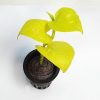

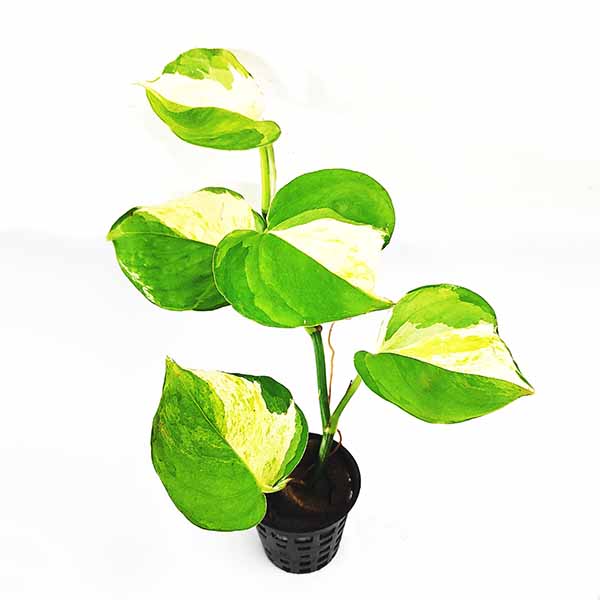
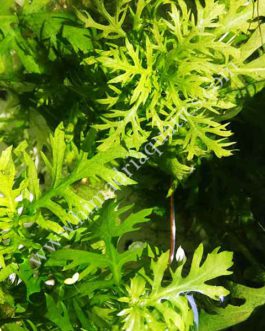

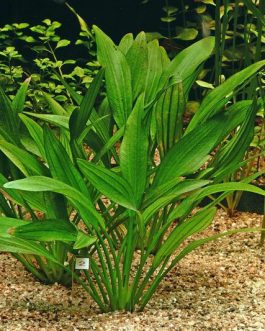
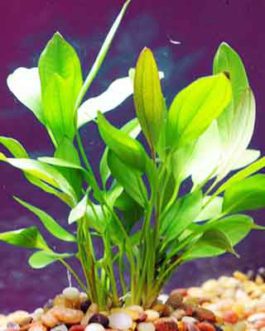
jadhavantika (verified owner) –
good quality but high rate